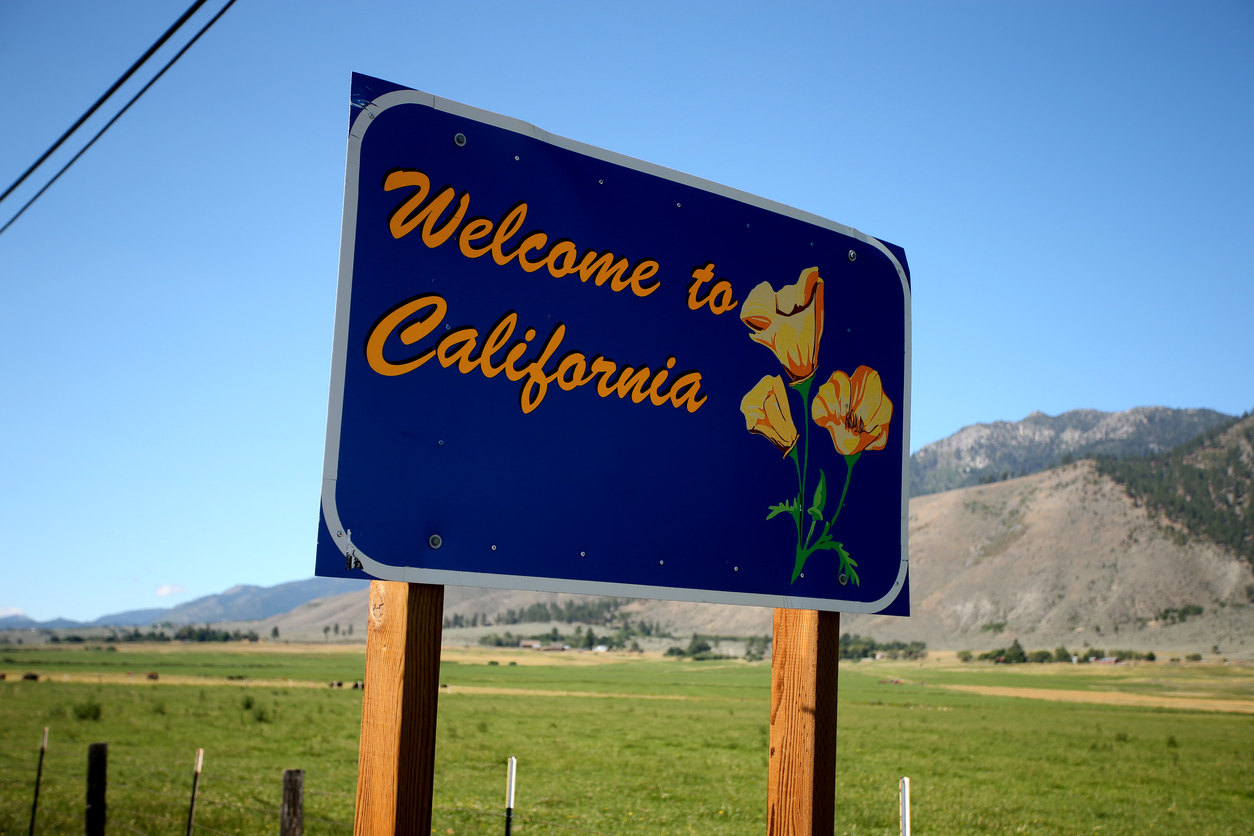The study, published in Sciences Advances on Friday, discovered that climate change has already doubled the likelihood of an event "capable of producing catastrophic flooding" in California over the next four decades.
According to the study, California is "more accustomed to water scarcity than overabundance in the modern era," with the state experiencing two historically severe droughts between 2012 and 2021. However, it stated that historical and paleoclimate evidence indicates that the state is also subject to increased rainfall episodes, with climate change potentially hastening the possibility of a major storm in the future.
The state experienced extreme precipitation and severe subregional flooding events several times during the twentieth century, including in 1969, 1986, and 1997, according to the study. However, while those events suggest the "latent potential" of a future major flood, "none have rivaled... the benchmark 'Great Flood of 1861-1862,'" according to the study.
It was characterized by "weeklong sequences of winter storms" that "produced widespread catastrophic flooding across virtually all of California's lowlands — transforming the interior Sacramento and San Joaquin valleys into a temporary but vast inland sea nearly 300 miles in length."
According to the study, the effects of the "Great Flood" influenced "ARkStorm," a 2010 California statewide disaster scenario led by the US Geological Survey.
According to subsequent analysis, such an event "would likely produce widespread, catastrophic flooding," potentially displacing millions of people, causing the long-term closure of key transportation corridors, and resulting in "nearly $1 trillion in overall economic losses."
According to the study's authors, climate change is "robustly increasing both the frequency and magnitude of extremely severe storm sequences capable of causing megaflood events in California," making such an event more likely.
"Our analysis suggests that the current-day (circa 2022) likelihood of historically rare to unprecedented 30-day precipitation accumulations has already increased significantly, and that even modest additional increments of global warming will result in even larger increases in likelihood," the researchers wrote.
Despite the bleak outlook, the study stated that California could take steps to "mitigate harm during a 21st century California megaflood."
Among the potential solutions are floodplain restoration and levee setbacks, which would reduce flood risk in urban areas, according to the report. It went on to say that emergency evacuation and contingency plans could be updated to "accommodate the possibility of inundation and transportation disruption far beyond what has occurred in the past century."














